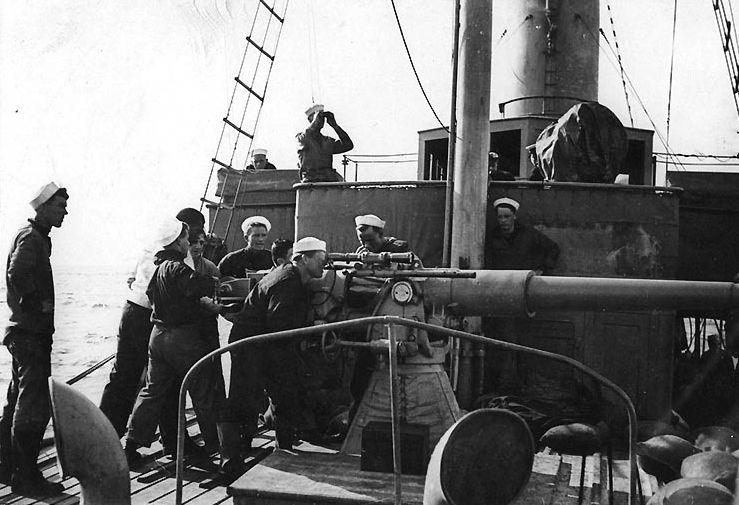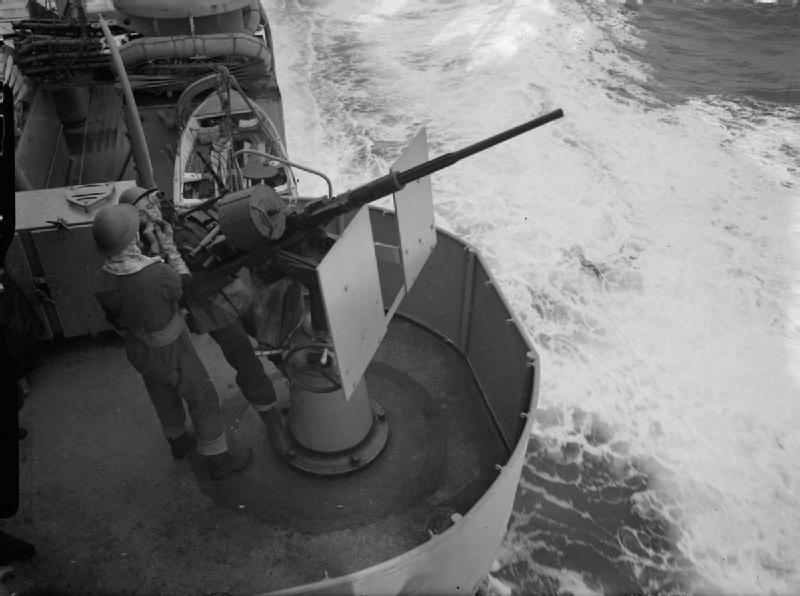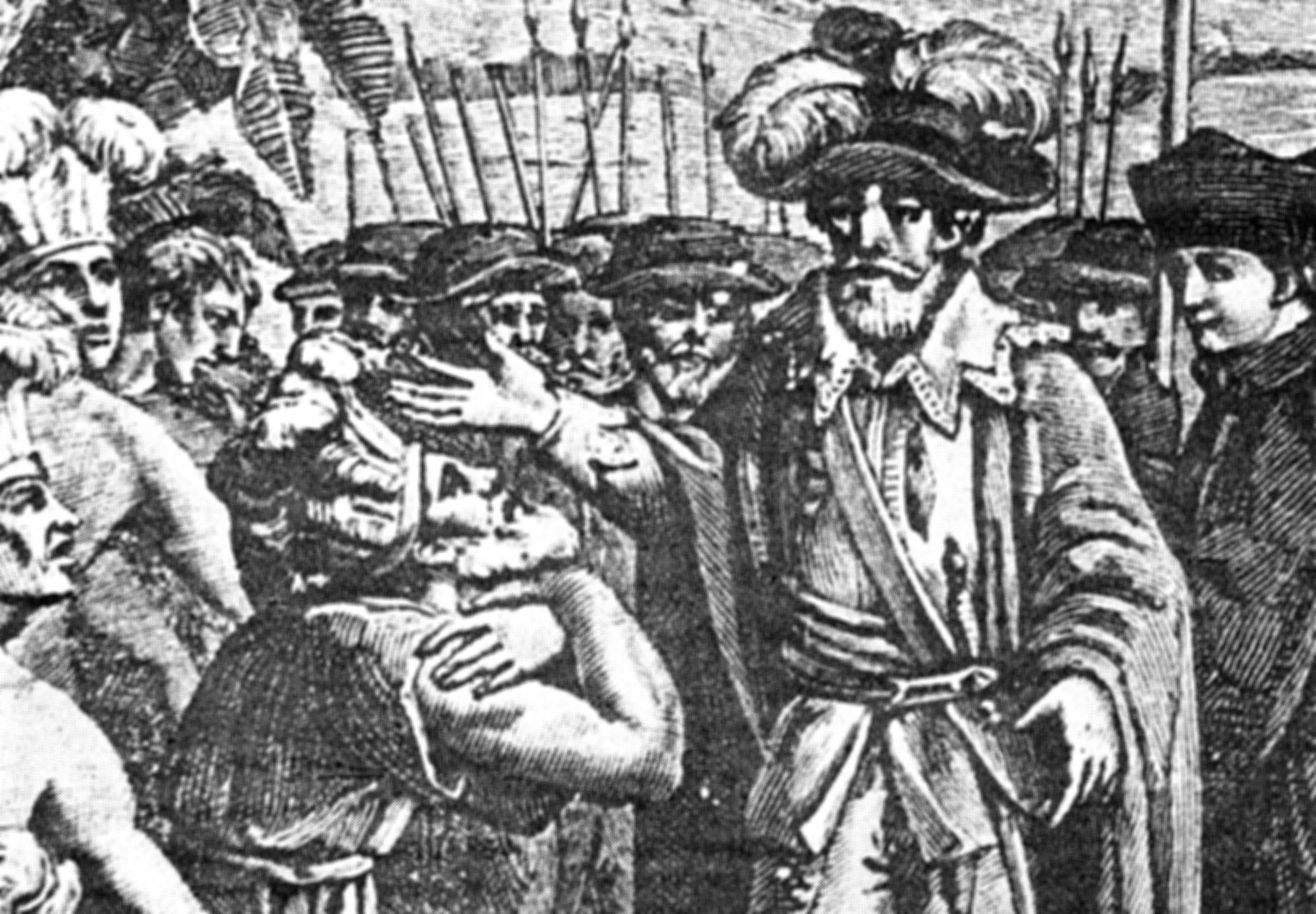|
NS Lt Gen Dimo Hamaambo
NS ''Lt Gen Dimo Hamaambo'' (C11) was an of the Namibian Navy. Originally built for the Brazilian Navy it was known as Purus in Brazilian service. ''Purus'' was part of ten ships of the class ordered by the Brazilian Navy in 1953. ''Purus'' was laid down on 20 November 1953, launched on 6 November 1954, and commissioned on 4 July 1955. Brazilian service It spent 48 years in service with the Brazilian Navy before it was decommissioned on 18 October 2002. During this time it spent 2092 days at sea and sailed 494318,4 miles. On 5 June 2003 its transfer to Namibia was authorized by Law No. 10,685 (DOU 06/06/2003). Namibian service On 25 June 2004, the transfer ceremony of the corvette Purus to the Namibian Navy took place in the city of Salvador, Brazil. Namibia was represented by Minister of Defence Erkki Nghimtina and Navy Commander Peter Vilho and Brazil was represented by Jose Viegas Filho, Minister of Defence. The ship was rechristened as the NS Lt Gen Dimo Hamaambo at this ... [...More Info...] [...Related Items...] OR: [Wikipedia] [Google] [Baidu] |
Dimo Hamaambo
Lieutenant General Mweukefina Kulaumone Jerobeam Dimo Hamaambo (27 October 1932 – 8 September 2002) was a Namibian military commander in both the Namibian War of Independence as a SWAPO member and in independent Namibia as the Chief of Defence in the Namibia Defence Force. He became the second commander of the People's Liberation Army of Namibia (PLAN) in 1967 after the death of Tobias Hainyeko and held the position until independence was gained in 1990. Pre-military career Hamaambo was one of the thirteen children of his mother Josephina Melila Shipo and father Jona Hamaambo in Eengava, Ovamboland (now known as Ohangwena Region). After receiving some education in area schools, Hamaambo went to work outside of Ovamboland as a contract labourer on a White owned farm as well as a domestic worker, at a cannery in Walvis Bay and eventually in the gold mines of Johannesburg, South Africa. Hamaambo eventually returned to Namibia and joined the Ovamboland People's Organization (O ... [...More Info...] [...Related Items...] OR: [Wikipedia] [Google] [Baidu] |
Namibian Navy
The Namibian Navy is the maritime warfare branch of the Namibian Defence Force. History Development of Namibia's navy has been slow, and the force was only formally established on 11 September 1998 as a maritime wing and in 2004 as a fully fledged navy, fourteen years after independence. Extensive Brazilian aid has assisted in the development of the Namibian Navy. Initially a group of four learners were dispatched to the Naval Academy in Brazil who got complemented by ten officers from the Namibian Army who would be the core group were sent to Brazil in August 1995 after Walvis Bay had been integrated into Namibia in 1994. This group led by Phestus Sacharia consisted of officers such as Peter Vilho, Sinsy Nghipandua, Alweendo Amungulu and Petrus Tjandja, would be the future Headquarters staff and Ship captains. Later 15 seaman were sent to Brazil for their studies as well. They completed their studies in 1998 from the Admiral Wandenkolk Instruction Center in Rio de Janeiro, Br ... [...More Info...] [...Related Items...] OR: [Wikipedia] [Google] [Baidu] |
Sulzer (manufacturer)
Sulzer Ltd. is a Switzerland, Swiss industrial engineering and manufacturing firm, founded by Salomon Sulzer-Bernet in 1775 and established as Sulzer Brothers Ltd. (Gebrüder Sulzer) in 1834 in Winterthur, Switzerland. Today it is a public company, publicly traded company with about 180 manufacturing facilities and service centers around the world. The company's shares are listed on the Swiss Stock Exchange. Sulzer is a global leader in fluid engineering. The company specializes in pumping, agitation, mixing, separation and purification technologies for fluids of all types. Sulzer provides new equipment for large infrastructure across various markets, among others Water industry, water and Wastewater treatment, wastewater, Energy industry, energy, Chemical industry, chemicals, renewables and industrial processes. The service business makes up half of the company's sales. A growing part of the business are renewable applications such as biopolymers, recycling and low-carbon soluti ... [...More Info...] [...Related Items...] OR: [Wikipedia] [Google] [Baidu] |
3"/50 Caliber Gun
The 3"/50 caliber gun (spoken "three-inch fifty-caliber") in United States naval gun terminology indicates the gun fired a projectile in diameter, and the barrel was 50 calibers long (barrel length is 3 in × 50 = ). Different guns (identified by Mark numbers) of this caliber were used by the U.S. Navy and U.S. Coast Guard from 1890 through to 1994 on a variety of combatant and transport ship classes. The gun is still in use with the Spanish Navy on ''Serviola''-class patrol boats. Early low-angle guns The US Navy's first 3"/50 caliber gun (Mark 2) was an early model with a projectile velocity of per second. Low-angle (single-purpose/non-anti-aircraft) mountings for this gun had a range of 7000 yards at the maximum elevation of 15 degrees. The gun entered service around 1900 with the s, and was also fitted to s. By World War II these guns were found only on a few Coast Guard cutters and Defensively Equipped Merchant Ships. Low-angle 3"/50 caliber guns (Marks 3, ... [...More Info...] [...Related Items...] OR: [Wikipedia] [Google] [Baidu] |
Oerlikon 20 Mm Cannon
The Oerlikon 20 mm cannon is a series of autocannons, based on an original German Becker Type M2 20 mm cannon design that appeared very early in World War I. It was widely produced by Oerlikon Contraves and others, with various models employed by both Allied and Axis forces during World War II. Many versions of the cannon are still used today. Blowback-operated models History Origins During World War I, the German industrialist Reinhold Becker developed a 20 mm caliber cannon, known now as the 20 mm Becker using the advanced primer ignition blowback (API blowback) method of operation. This used a 20×70mmRB cartridge and had a cyclic rate of fire of 300 rpm. It was used on a limited scale as an aircraft gun on ''Luftstreitkräfte'' warplanes, and an anti-aircraft gun towards the end of that war. Because the Treaty of Versailles banned further production of such weapons in Germany, the patents and design works were transferred in 1919 to the Swiss firm SEMAG (''Seeb ... [...More Info...] [...Related Items...] OR: [Wikipedia] [Google] [Baidu] |
Salvador, Bahia
Salvador ( English: ''Savior'') is a Brazilian municipality and capital city of the state of Bahia. Situated in the Zona da Mata in the Northeast Region of Brazil, Salvador is recognized throughout the country and internationally for its cuisine, music and architecture. The African influence in many cultural aspects of the city makes it a center of Afro-Brazilian culture. As the first capital of Colonial Brazil, the city is one of the oldest in the Americas and one of the first planned cities in the world, having been established during the Renaissance period. Its foundation in 1549 by Tomé de Sousa took place on account of the implementation of the General Government of Brazil by the Portuguese Empire. Centralization as a capital, along with Portuguese colonization, were important factors in shaping the profile of the municipality, as were certain geographic characteristics. The construction of the city followed the uneven topography, initially with the formation of two ... [...More Info...] [...Related Items...] OR: [Wikipedia] [Google] [Baidu] |
Erkki Nghimtina
Erkki Nghimtina (born 16 September 1947) is a Namibian politician and former military officer in the Namibia Defence Force (NDF).http://209.88.21.36/opencms/opencms/grnnet/MWTC/Minister/biography.html A member of the South West Africa People's Organization (SWAPO), Nghimtina served as member of the National Assembly of Namibia from 1995 to 2020. He served in various cabinet roles from 2005 to 2020. Early life and exile Erkki Nghimtina was born in Eembidi in Ovamboland (now Ohangwena Region) in September 1947 to Meriam Shopati and Johannes Nghimtina. He began working in 1970 as a clerk in Oshakati and from 1972–74 in the postal services of South West Africa. Nghimtina went into exile with SWAPO in 1974 to Oshatotwa, Zambia. From Zambia, he left to the Soviet Union, where he trained as a military radio specialist until 1976. Returning to Zambia, Nghimtina became instructor and later supervisor for the eastern front of the Namibian War of Independence until 1979. From 1979–19 ... [...More Info...] [...Related Items...] OR: [Wikipedia] [Google] [Baidu] |
Peter Vilho
Peter Hafeni Vilho (born 2 February 1962) is a Namibian politician and retired rear admiral who is a member of the Parliament of Namibia, a former Minister of Defence, and a former commander of the Namibian Navy. He was appointed the commander of the maritime wing of the Namibian Defence Force in 2002. In September 2017 he was appointed as executive director of the Ministry of Defence. In March 2020, Namibian president Hage Geingob appointed Vilho as the Minister of Defense and Veteran Affairs. Vilho served until his resignation in April 2021 after allegations of holding an undeclared bank account. Career Vilho joined SWAPO in exile 1977 as a 15-year-old teenager. In 1981 he then joined the People's Liberation Army of Namibia (PLAN). After joining PLAN in 1981 for basic training he specialised as a combat engineer in 1982, by 1983 Vilho was an engineering instructor at the Tobias Hainyeko Training Centre, Lubango, Angola. In 1984 he was appointed as an engineer company comman ... [...More Info...] [...Related Items...] OR: [Wikipedia] [Google] [Baidu] |
Alweendo Amungulu
Rear Admiral Alweendo Paulus Amungulu is a Namibian military officer who's serving as the Commander of the Namibian Navy. He was appointed the Commander of the Namibian Navy in September 2020. Prior to that he served as Commander of Naval Operations(CNO) with the rank of Rear Admiral(JG). Career Exile Admiral Amungulu joined SWAPO in Angola in 1979 where he undertook his Secondary schooling in Kwanza Sul at the Namibia Education Centre. Between 1981 to 1984 he trained in the German Democratic Republic and earned his diploma in Auto mechanics and deployed as a mechanic at a SWAPO transit camp at Viana outside Luanda, Angola. In 1985 he was appointed as the Road construction secretary at Kwaza Sul. He would join the People's Liberation Army of Namibia under SWAPO in 1987 and received military training at the Tobias Hainyeko training centre in Lubango, Angola and specialized as a signaler. NDF career Rear Admiral Amungulu's career in the Namibian Defence Force started in 1990 a ... [...More Info...] [...Related Items...] OR: [Wikipedia] [Google] [Baidu] |
Hifikepunye Pohamba
Hifikepunye Lucas Pohamba (born 18 August 1936) is a Namibian politician who served as the second president of Namibia from 21 March 2005 to 21 March 2015. He won the 2004 presidential election overwhelmingly as the candidate of SWAPO, and was reelected in 2009. Pohamba was the president of SWAPO from 2007 until his retirement in 2015. He is a recipient of the Ibrahim Prize. Prior to his presidency, Pohamba served in various ministerial positions, beginning at Namibia's independence in 1990. He was Minister of Home Affairs from 1990 to 1995, Minister of Fisheries and Marine Resources from 1995 to 1997, Minister without portfolio from 1997 to 2000, and Minister of Lands, Resettlement and Rehabilitation from 2000 to 2005. He was also secretary-general of SWAPO from 1997 to 2002 and vice-president of SWAPO from 2002 to 2007. Early life Hifikepunye Pohamba was born on 18 August 1936 in Okanghudi, South West Africa, in an area then known as Ovamboland (today in the Ohangwen ... [...More Info...] [...Related Items...] OR: [Wikipedia] [Google] [Baidu] |
Lieutenant General
Lieutenant general (Lt Gen, LTG and similar) is a three-star military rank (NATO code OF-8) used in many countries. The rank traces its origins to the Middle Ages, where the title of lieutenant general was held by the second-in-command on the battlefield, who was normally subordinate to a captain general. In modern armies, lieutenant general normally ranks immediately below general and above major general; it is equivalent to the navy rank of vice admiral, and in air forces with a separate rank structure, it is equivalent to air marshal. A lieutenant general commands an army corps, made up of typically three army divisions, and consisting of around 60 000 to 70 000 soldiers (U.S.). The seeming incongruity that a lieutenant general outranks a major general (whereas a major outranks a lieutenant) is due to the derivation of major general from sergeant major general, which was a rank subordinate to lieutenant general (as a lieutenant outranks a sergeant major). In contrast ... [...More Info...] [...Related Items...] OR: [Wikipedia] [Google] [Baidu] |
Corvettes Of The Brazilian Navy
A corvette is a small warship. It is traditionally the smallest class of vessel considered to be a proper (or " rated") warship. The warship class above the corvette is that of the frigate, while the class below was historically that of the sloop-of-war. The modern roles that a corvette fulfills include coastal patrol craft, missile boat and fast attack craft. These corvettes are typically between 500 tons and 2,000 .although recent designs may approach 3,000 tons, having size and capabilities that overlap with smaller frigates. However unlike contemporary frigates, a modern corvette does not have sufficient endurance and seaworthiness for long voyages. The word "corvette" is first found in Middle French, a diminutive of the Dutch word ''corf'', meaning a "basket", from the Latin ''corbis''. The rank "corvette captain", equivalent in many navies to "lieutenant commander", derives from the name of this type of ship. The rank is the most junior of three "captain" ranks in sever ... [...More Info...] [...Related Items...] OR: [Wikipedia] [Google] [Baidu] |






